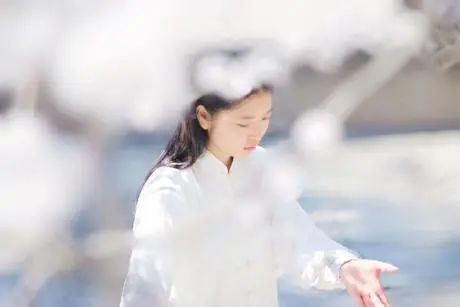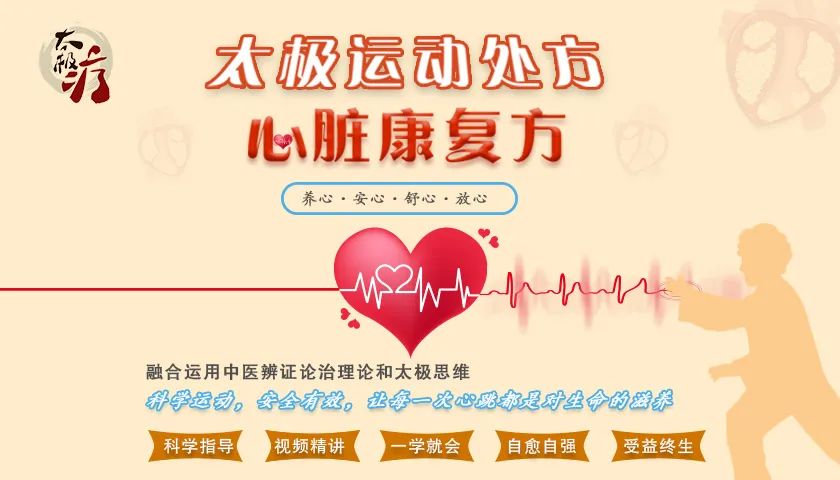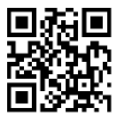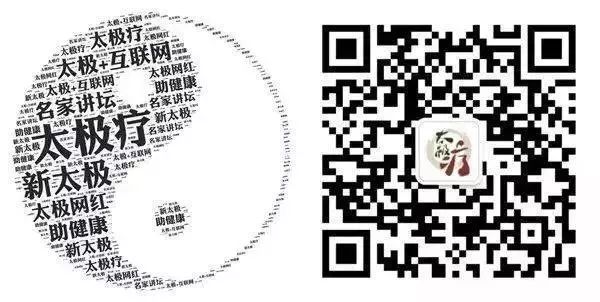
Therapeutic QuoteThe mind in chaos breeds a hundred diseases; a calm mind brings an end to all ailments.—— “Hygiene Treasure”
In Tai Chi, there is always a relationship of yin (阴) and yang (阳), with concepts of emptiness (虚) and fullness (实) present everywhere. Understanding emptiness and fullness allows one to know oneself and the opponent, to strike at the empty while avoiding the full, to lead the opponent into a void, to strike high while defending low, to create distractions, or to alternate between light and heavy, appearing and disappearing, fluctuating and unstable. Mastery of emptiness and fullness is to understand the essence of strength.
The concepts of emptiness and fullness have different meanings from various perspectives. The contradictory relationship is a key focus in the practical application of Tai Chi, representing its essence and a challenging aspect to master.

As the Tai Chi classics state: “Emptiness and fullness must be clearly distinguished; where there is one, there is the other, and everywhere there is this emptiness and fullness.” Emptiness and fullness exist absolutely, while their changes are relative.
In applying the principles of emptiness and fullness, consciousness plays a leading role. First, one must achieve a state of emptiness at the top and fullness at the bottom, with the body aligned and relaxed, avoiding bias towards either emptiness or fullness. By maintaining balance, achieving harmony between the internal and external, and keeping the mind centered, one can attain a complete momentum that supports all directions, allowing for agile and complete transitions.
Secondly, consciousness acts as the command center for the various manifestations of emptiness and fullness. “The mind is the ruler, the bones and flesh are the subjects.” Upon contact with an opponent, upon sensing their energy, the brain immediately reacts, issuing commands, and under the guidance of internal energy, the external manifestation of emptiness and fullness is expressed through the movements of the body. How can we embody emptiness and fullness in practice?
How can we embody emptiness and fullness in practice?
1. Avoid the full and strike at the empty
As stated in Sun Tzu’s Art of War, “The shape of water avoids the high and flows down; the shape of the army avoids the full and strikes at the empty.” In the chapter on formations, it says: “When the army strikes, it is like throwing a boulder at an egg; this is emptiness and fullness.” In the chapter on military engagement, it states: “Thus, a good strategist avoids the sharpness of the enemy and strikes at their lethargy.”
This means that in combat, one should avoid the strong points of the enemy and attack their weak points, just as a stone can easily break an egg.

2. Concentrate forces
In the chapter on emptiness and fullness, it states: “I concentrate while the enemy disperses; I concentrate as one, while the enemy disperses as ten. Thus, ten combined into one means I am many while the enemy is few.” In the chapter on formations, it states: “Thus, victorious troops are like weighing a pound against an ounce, while defeated troops are like weighing an ounce against a pound.” In warfare, one should concentrate their forces and lure the enemy to disperse theirs, so that even if the enemy is numerous or equal in strength, at a specific point, one can achieve a decisive advantage.
3. Seize the initiative
In the chapter on emptiness and fullness, it states: “Thus, a good warrior controls others without being controlled by them.” A skilled commander always maintains the initiative in battle, able to use methods such as “showing shapes” to deceive the enemy, rather than being manipulated by them. Moreover, they are adept at concealing their weaknesses, forcing the enemy into a passive position. Thus, they can dictate the fate of the enemy.
4. Flexibility and mobility
In the chapter on emptiness and fullness, it states: “And respond to shapes without end.” It also states: “Water flows according to the land, and the army wins according to the enemy. Thus, there are no constant formations in the army, nor constant shapes in water. To win by adapting to the enemy’s changes is called divine.” In combat, one must adapt their methods based on the fluctuating strengths of both sides, as well as the changing factors of time and terrain, being skilled at employing surprise attacks to achieve victory, and never remaining static.
5. Know yourself and your enemy, and you will never be defeated
In the chapter on political strategy, it states: “Know yourself and know your enemy, and you will never be defeated. If you know yourself but not your enemy, you will win some and lose some; if you do not know yourself and do not know your enemy, you will be defeated in every battle.”
Therefore, the emptiness and fullness of Tai Chi is skillfully applied, responding flexibly, always prioritizing a centered and relaxed body, avoiding bias towards any one aspect of emptiness or fullness, continuously designing to disrupt the enemy’s balance while adjusting one’s own balance.

The above discussion is from the perspective of understanding emptiness and fullness, but how do we implement the principles of emptiness and fullness in practice?
In this regard, the Tai Chi classics say: “Occupy the right and advance to the left, occupy the left and advance to the right; meet right with right and left with left; this is called seizing and taking.” “Do not let intention replace form; if form is led by intention, victory is unlikely. Seize the opponent’s method, observe the terrain, strike with the wind at your back, hands must be swift, feet must be light, move like a cat, keep the mind calm, focus the gaze, and when hands and feet are in sync, victory is assured. If the hands reach but the feet do not, the strike will lack finesse; if the hands and feet are coordinated, the strike will be effective. When the body moves, it should be like a mountain collapsing or a wall falling; when the feet land, it should be like a tree being cut at the roots. When the hands rise, it should be like a cannon firing, and the body moves like a live snake; when striking the head, the tail should respond, and when striking the tail, the head should respond, and when striking the center, both head and tail should respond. When attacking in front, be mindful of the back; when advancing, know how to retreat; during practice, act as if someone is in front of you, and in combat, act as if someone is there even when there is no one.”
For example, when pedaling a bicycle, if both feet exert force simultaneously, it creates a double effect, which is pushing and resisting. With the left emptiness and right fullness, or right emptiness and left fullness, one positive and one negative, both acting simultaneously, this actually encompasses the principles of force pairs, borrowing force to exert force, and the action-reaction principle. If the forces from the opponent and oneself do not occur simultaneously, they cannot form a force pair, and thus one cannot apply the opponent’s force against them, creating a counterforce to strike back.





Scan the QR code for more details
Or: click “Read the original text” at the end of the article to enter the “Tai Chi Exercise Prescription – Cardiac Rehabilitation” class for more details..
Disclaimer: The content published by this public account (images, videos, and text) is primarily original, reprinted, and shared from online content; reprinted and shared content only represents the author’s personal views and does not represent the stance of Tai Chi Therapy. If there are any copyright issues, please inform us promptly, and we will delete it as soon as possible.
Contact email: [email protected]
Tai Chi Therapy Subscription Account Public Account:taijiliaody

